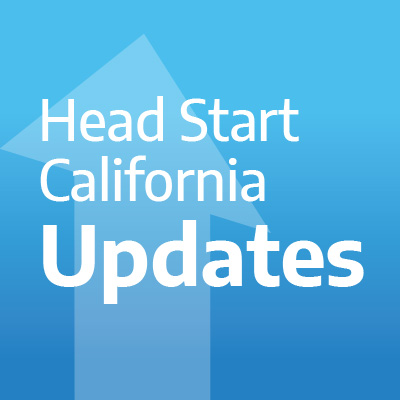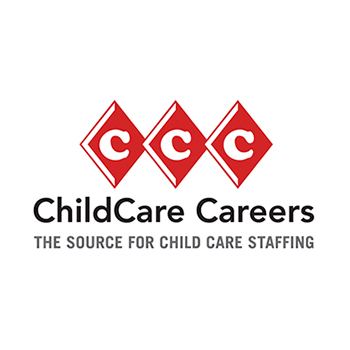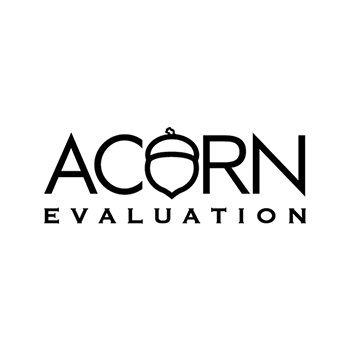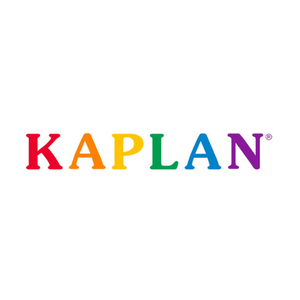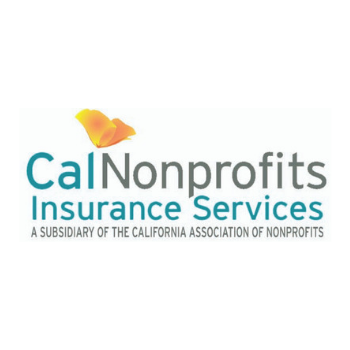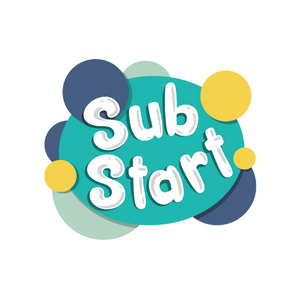By: Guest contributor, Paul Behrman
Walnut Leadership www.walnutleadership.com
 Friends in California! I bring you good tidings from the Brave Little State of Vermont!
Friends in California! I bring you good tidings from the Brave Little State of Vermont!
In July 2021, I began work as a national consultant, trainer and keynote presenter for Head Start organizations across the U.S. My national work, and continued advocacy for the Head Start program, builds on my 22+ years as a Head Start director in Vermont, and 20+ years as chair for the Vermont Head Start Association. I remain on the Board of Directors for the Vermont Head Start Association and the Board for the New England (Region 1) Head Start Association.
In October 2023, I had the honor to be a featured speaker at the Region 2 Head Start Conference, and to help design and present the closing keynote. I was asked to consider “Head Start Looking Forward.” In this keynote, I shared my vision that a brighter future for Head Start will be determined largely by bottom-up, grassroots, grantee-driven action. Rather than waiting for “top-down” leadership from the federal government, local Head Start organizations will have to bring boldness, innovation and vision to lead the future of Head Start. Currently, this looks like bold and visionary Change in Scope proposals, and we will need the Office of Head Start to promote, support and expedite grantee-led, visionary changes for local programs across the nation.
Additionally, we will need individual and collective advocacy to promote long-needed, positive changes in the structure of the Head Start program to ensure a world-class program. We must direct our advocacy toward the U.S. Congress to expand and modernize eligibility criteria, and direct our advocacy toward OHS to prioritize quality (in terms of Head Start pay parity with public schools, smaller group sizes with three teachers per class for Head Start children, smaller caseloads for family advocates, and other long-needed improvements) rather than quantity (in terms of ill-advised strategies such as the OHS Full Enrollment Initiative, which creates undue stress for programs and their stakeholders).
Head Start serves children from families with low-income – children who often bring more extensive and significant trauma histories, adverse childhood experiences, health and behavioral challenges than their upper-income peers. And, we have a workforce crisis largely attributable to sub-standard wages, benefits and, sometimes, working conditions. With these challenges, it is important to prioritize quality, especially in terms of child health and safety and support for the workforce.
We’d all like to see Head Start serve as many children as possible, but quality absolutely needs to be our highest priority. When we have Head Start systems that assure child health and safety and support for the workforce, we get:
- a high-quality program, and a solid foundation upon which we can build, grow and expand world-class Head Start programs, and
- a model for early care and education systems in America.
Thank you for your commitment, and I hope you will join me as a voice for our beloved program to help ensure better solutions and a brighter future for our Head Start program, its workforce, children and families.
Browse By Category
Filter Articles by Month
Recent Articles
-
HSC Board of Directors Welcomes Six New Board Members
-
Building a Calm and Safe Environment to Reduce Escalated Behaviors
-
National Safety Month: Creating a Safe & Nurturing Environment for Head Start Children
-
Head Start California Welcomes New Development Manager, Tiffany Rosso
-
Understanding and Supporting Staff: Navigating Expectations and Performance
